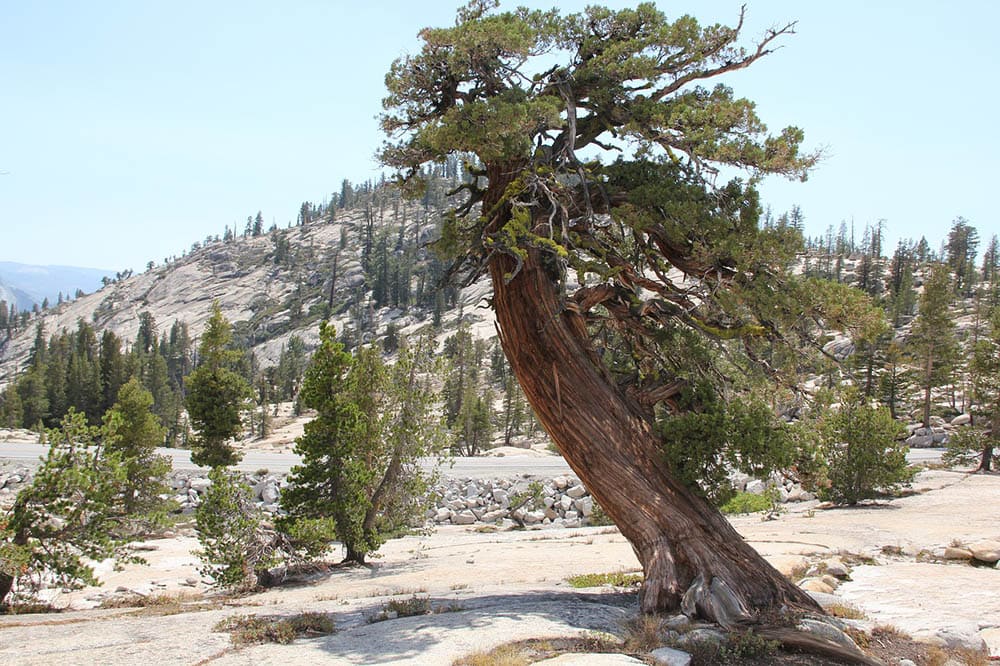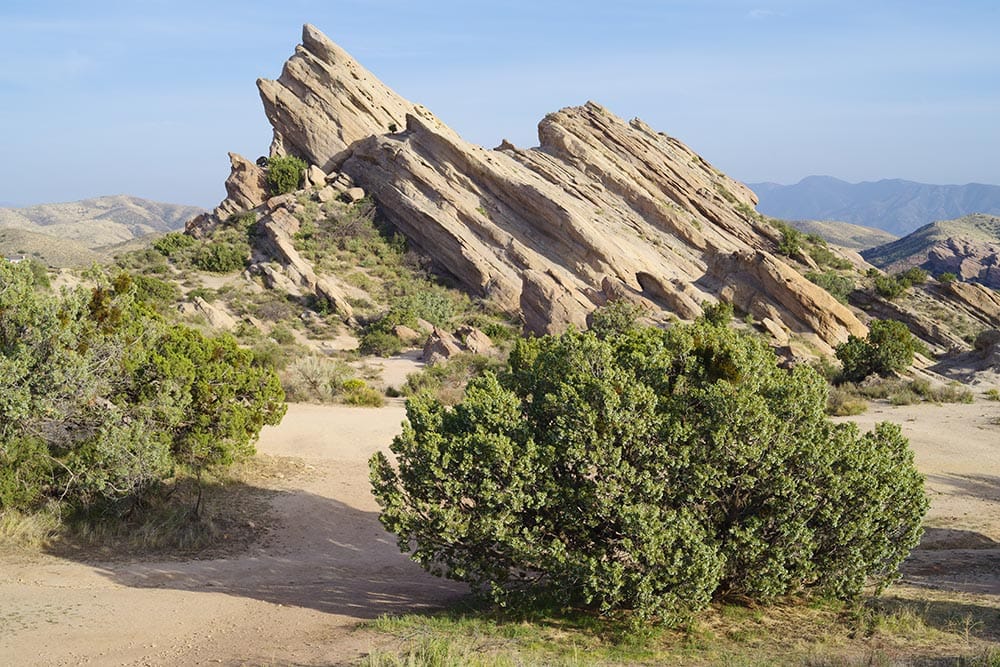5 Spectacular Types of Cedar Trees in Texas (With Pictures)
-
Codee Chessher
- Last updated:

Cedar is a catch-all name for a family of loosely related trees that grow across various parts of the globe. Technically, cedars are juniper trees. Being one of the largest US states by land area, Texas has a vast range of climates hospitable for numerous types of cedars. Some are more common than others, but all are technically cedar trees. Let’s check out which types grow in and are native to Texas.
The 5 Types of Cedar Trees in Texas
1. Mountain Red Cedar (Juniperus scopulorum)
Also called the Rocky Mountain cedar, this aggressively growing tree can grow up to 50 feet but more commonly reaches 30 feet in height. It’s mainly found in the mountainous regions of western Texas and the panhandle, where it serves the environment as a natural windbreak. It’s also commonly used as a windbreak on farms and as privacy screens on private properties. The mountain red cedar can tolerate drought but needs well-draining soil to thrive.
2. Red Cedar (Juniperus virginiana)

The red cedar is native all over the eastern US and Canada and was prized by Native Americans for its alleged healing qualities and pleasant aroma. It grows wild in Texas and is planted for shade and privacy screening. The bark can be squeezed to release a soothing aroma, and the leaves can be made into herbal tea. The tree’s signature aroma repels moths and other destructive pests, and it produces very allergenic pollen. Other names for this tree include eastern juniper, red juniper, and aromatic cedar.
3. Drooping Cedar (Juniperus flaccid)
Sometimes called the weeping juniper, the drooping cedar resembles a weeping willow because of its long, swaying branches. Regularly reaching over 55 feet in height, these trees can grow to several feet in width. Because it requires highly acidic soil, it’s only found in the Chisos Mountains near Big Bend National Park. It’s very hardy and can tolerate cold and hot temperatures.
4. Oakbark Cedar (Juniperus deppeana)

The oakbark cedar is named for its thick, rough bark that resembles alligator hide. It is sometimes called the alligator juniper! The bark is extremely thick, protecting it from temperature fluctuations and destructive pests. The oakbark is commonly found growing in the wild of arid west Texas, where it can tolerate drought, cold, and hot temperatures, and all types of soil. As one of the smaller cedars, the oakbark cedar can be grown as a tree or a large shrub.
5. Rock Cedar (Juniperus ashei)
Rock cedars are one of the most aggressive trees in Texas, with a bizarrely powerful ability to suck up all the water in the surrounding area to the detriment of other plant life. Other names for this tree include the mountain cedar, Texas cedar, and Mexican cedar. Groups like People Against Cedars have begun lobbying the Texas government to prevent these water hogs from taking over the habitat of other trees.
 Final Thoughts
Final Thoughts
Cedar trees are native to many parts of the world, and Texas has its fair share. From the invasive rock cedar to the gently swaying drooping cedar, you can find a surprisingly wide variety of cedars in the Lone Star State.
Featured Image Credit: Beach Creatives, Shutterstock
Contents
